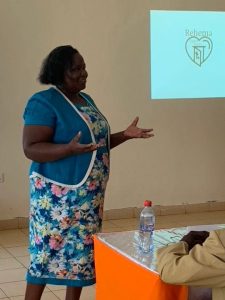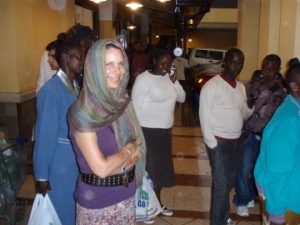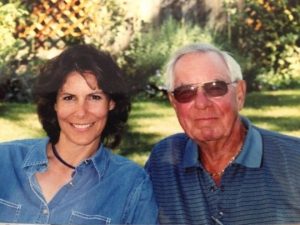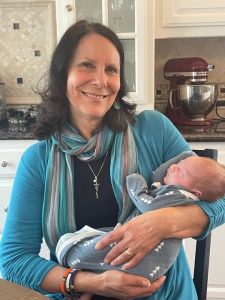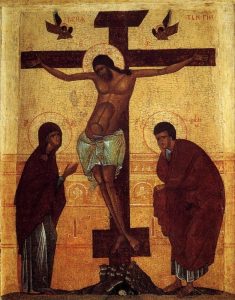This would become an all too familiar sight as the years rolled by and I spent more time in Kenya, but on a sultry, sunny afternoon in 2006, what I saw was jarring. I was in Kisumu, a larger city near Lake Victoria in western Kenya. Amidst the rumble and jumble of cars, motorcycles, matatus (mini-bus public transportation) and tuk tuks(autorickshaws) that jockey for position on a busy main street, there, weaving in and out of traffic, was a Kenyan man on a dilapidated bicycle. This itself was not an uncommon sight, but strapped to the back of the bike, teetering horizontally on a tiny bike rack, was a wooden coffin. I did a double take. This picture remains fixed in my mind, emblematic of what was happening at the time, mainly the effects of the HIV/AIDS epidemic.

In the United States, HIV/AIDS began appearing in the early and mid-1980s as I began my vocation as an R.N. My first job was in Oakland, just across the bay from San Francisco where some of the early cases of HIV/AIDS were climbing. So, I was no stranger to the disease, and the resulting stigma and death. But in Africa, HIV/AIDS was at an entirely different level of damage, despair and death. The epidemic was ravaging the continent and Africa simply did not have the healthcare systems to cope with it. HIV/AIDS became so widespread that it nearly wiped out an entire generation creating a swath of orphans so large that that by some estimates, over a million children lost their parents to this deadly disease in Kenya alone. No wonder carpenters were suddenly in high demand. The need for coffins couldn’t keep up with the death toll.
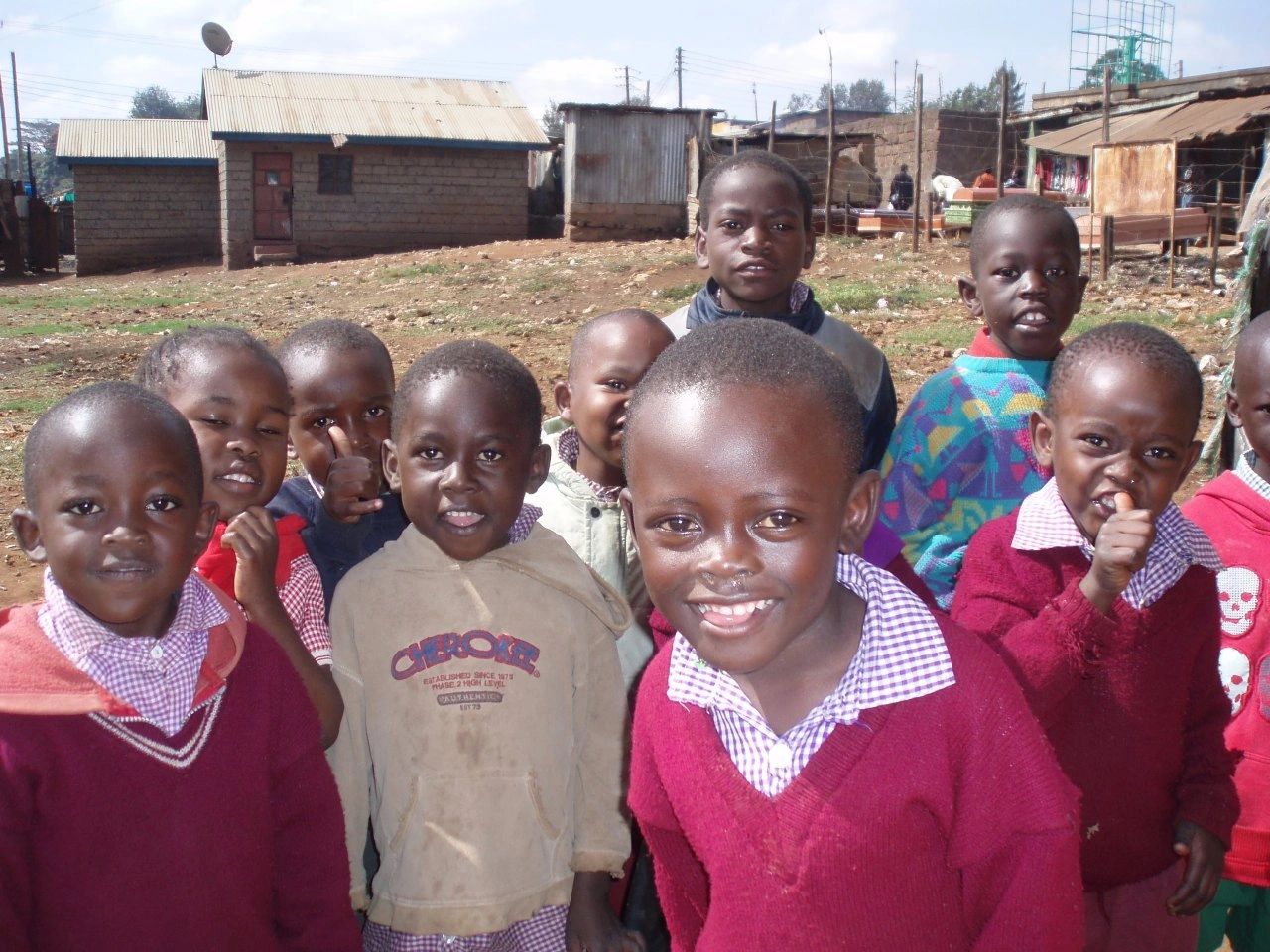
The physical symptoms of HIV/AIDS were horrible. The shame and stigma associated with HIV/AIDS was debilitating and nearly as deadly as the disease itself. Fear engulfed villages, cities, churches—just about everywhere. Myths, taboos and misinformation flowed as freely as the muddy waters of the local rivers. Tragically, many folks with a diagnosis (or even a hint) of “that skinny disease” were shunned by their village, their family and even their church.
Into these circumstances, I’d come to come to Kenya to speak to the pastors and deaconesses (theologically educated women of mercy) of the Evangelical Lutheran Church of Kenya about HIV/AIDS. Despite my previous experience with death and dying as an R.N., and the copious research on HIV/AIDS in Africa I’d done in preparation for this first trip, I was ill-equipped to cope with the depths of suffering I witnessed. Thankfully, I had the Kenyan deaconesses to guide me. They drew me in and captured me– body, heart and soul.
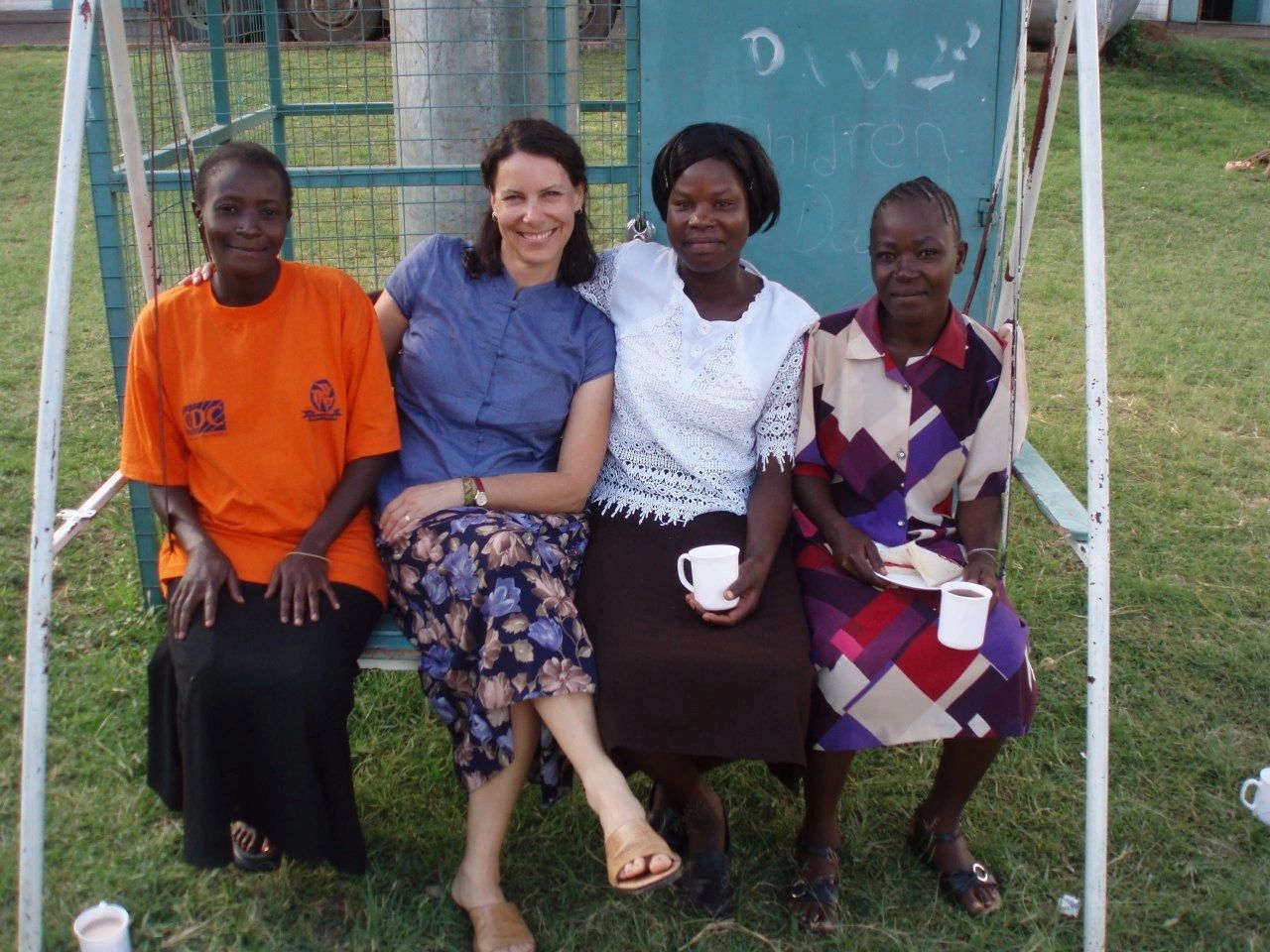
A little recess with the deaconesses, 2008
Despite the deaconesses’ own fears and misconceptions about this disease, they faithfully visited families—mostly widows and orphans. On numerous occasions, I tagged along with several of them as they entered a dark hut, bringing with them the joy of Christ in their presence and their beautiful voices. I felt transported into angelic realms, just listening to them sing. I watched as they pressed a small bag of sugar or maize into grateful hands. (They rarely visited someone empty handed.) I witnessed not just the suffering, but the beauty of mercy as embodied in these deaconesses. Their gentle touch and presence created an atmosphere of trust which encouraged people to tell their stories. Their voices gave a human face to statistics and facts on a page.
One young woman told us she’d become infected by her unfaithful husband. When he died, she was shunned by her family and forced to move out of her rural village. She ended up in Kibera, one of the largest slums in Nairobi, prostituting herself in order to provide food and shelter for her and her daughter. Guilt and shame engulfed her. I heard a variance on this story time and time again. Women were infected by their husbands. The husband either left or died, and the wife had to figure out how to support her children. But because of the shame and stigma, (or lack of accurate information or available healthcare) she did not seek help. She became sick and died, leaving her children orphaned.
Men were also shunned. One young man was forced out of his family’s home and made to live out his remaining days in a chicken coop on the back of the property. Such was the depth of fear and ignorance about this disease.
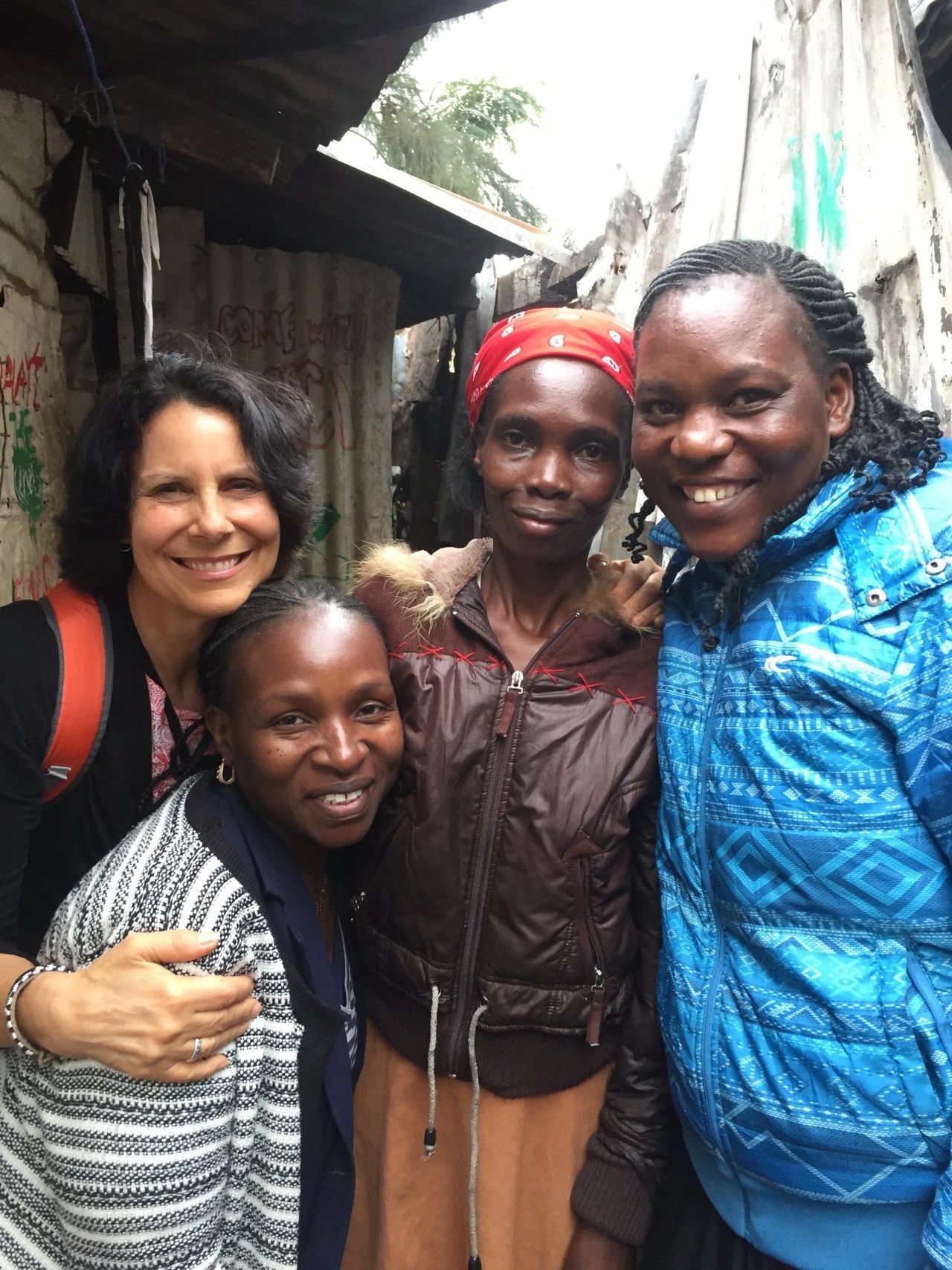
The Deaconesses: Pamela, Mary, Callen with widow, Virginia in the middle with the red bandana. Kawangware, 2020
Obviously, the deaconesses were no strangers to suffering, but they chose not to ignore it or flee from it. Perhaps because the suffering was so intense, they had no choice but to be in it. They simply (and this is no simple task) entered into the sacred intimacy of the suffering ones, bringing with them the light and love of Christ. As I would come to understand over the years, each deaconess had her own personal particular sufferings—ranging from poverty, widowhood, HIV+ status, losing a loved one to AIDS, living with an abusive and or drunkard husband, or being a co-wife. Despite this, or perhaps because of their own woundedness, they were able to be present with others in their suffering. They embodied Christ and his mercy, offering it as a gift, with joy, to those in need. They were my guides and I knew that I wanted that life of mercy and the great joy that accompanies it.
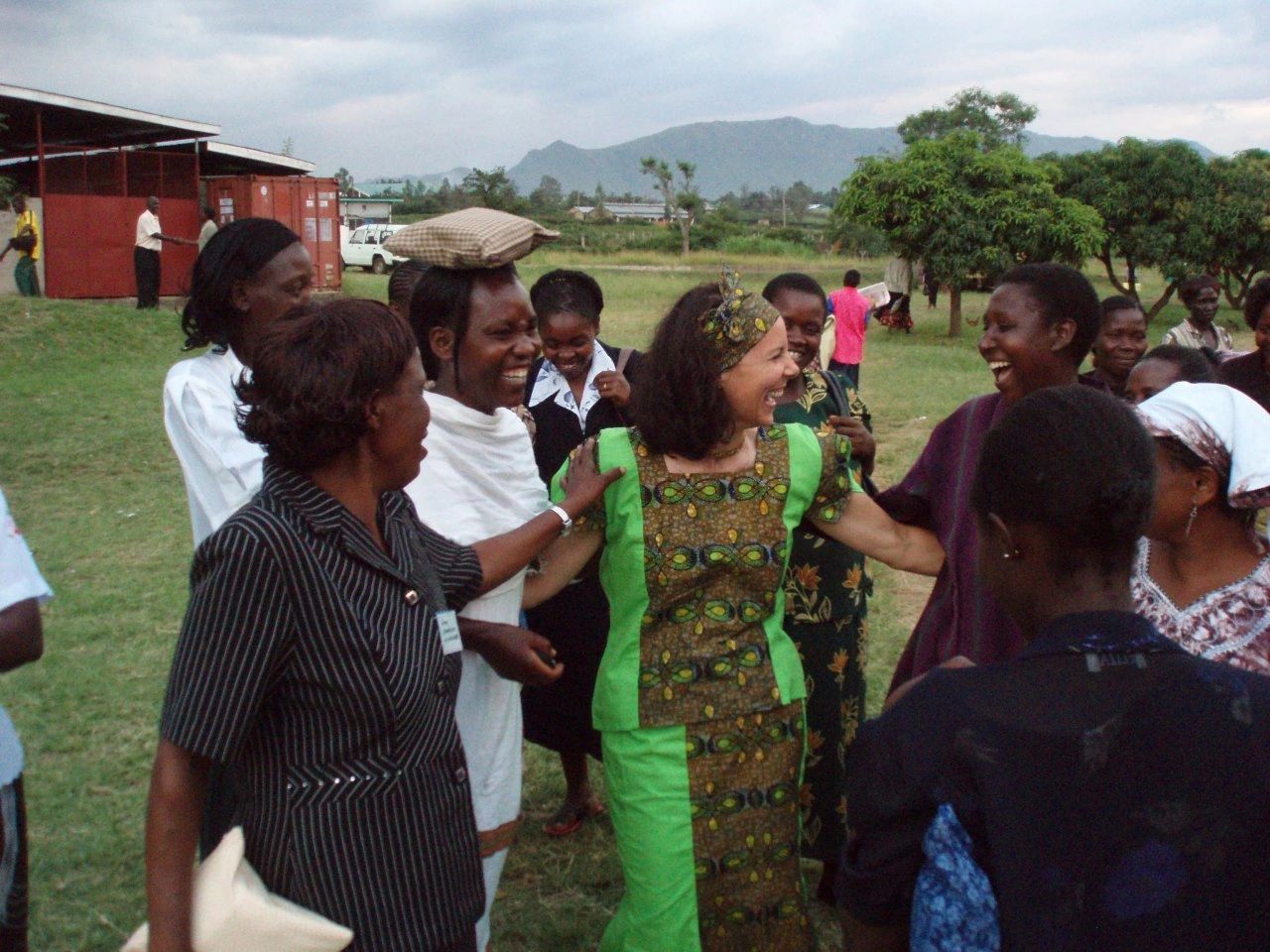
Deaconesses present Pamela with a new dress and an African name, Anyango which means one who was born in the morning. 2008
A life of mercy–this is what keeps me returning to Kenya over and over again. This is what led me to return to graduate school and become a deaconess, dreaming of one day opening a hospice house—a place of mercy. A place where those who are suffering and dying, have somewhere to call home. A place where suffering is not shunned, but understood and embraced. A place where mercy comes as a healing balm of body and soul. Where joy is not a second language but the mother tongue.
It’s been a long pilgrimage–fourteen years and eleven trips to Kenya. Many of you have walked alongside me by listening to my stories, by your faithful prayers and by your donations. And while HIV/AIDS is no longer a certain death sentence, death from common diseases and lack of care is still prevalent. Coffins are still transported on bicycles. Deaconesses still make home visits and embody Christ with their gifts of mercy. And one day, God willing, we will break ground on a hospice house and ease the suffering of the sick and dying.
With much gratitude,
Always Mercy,
Pamela

